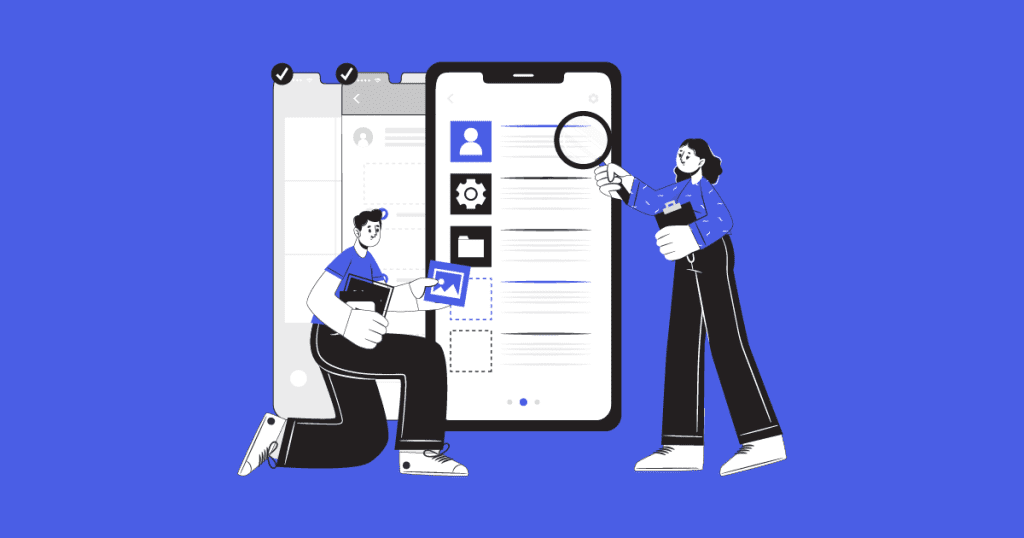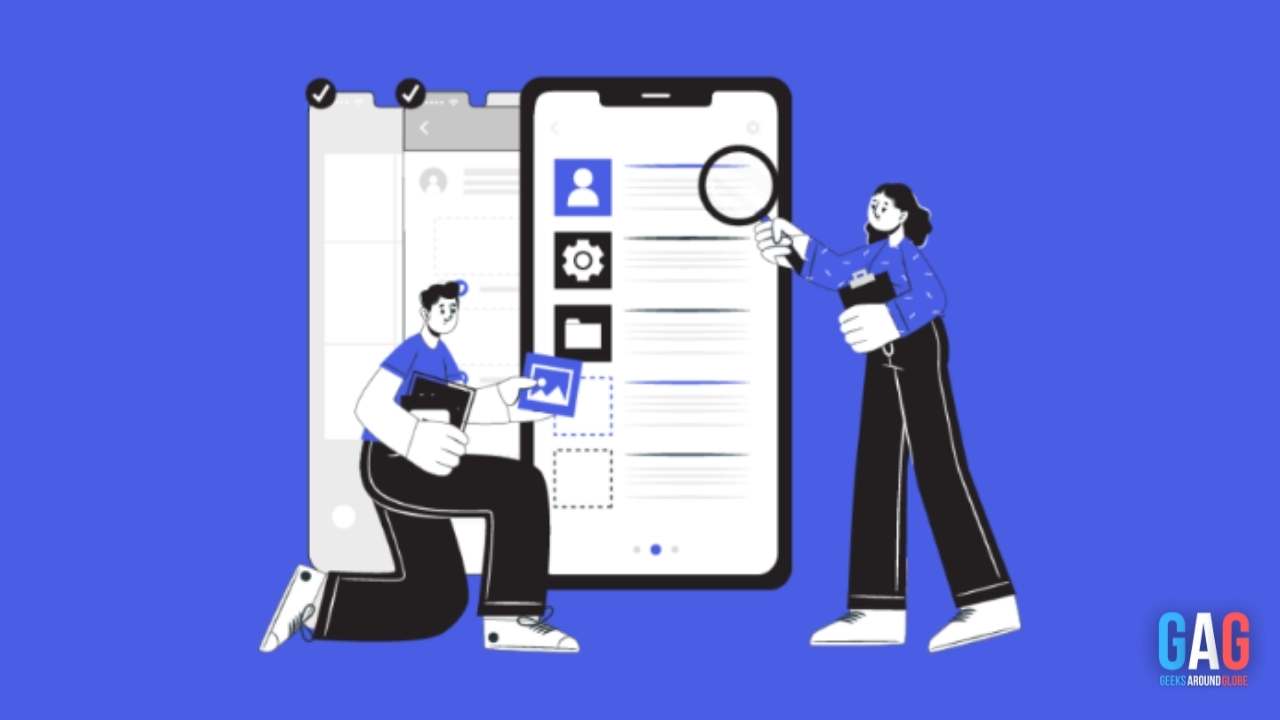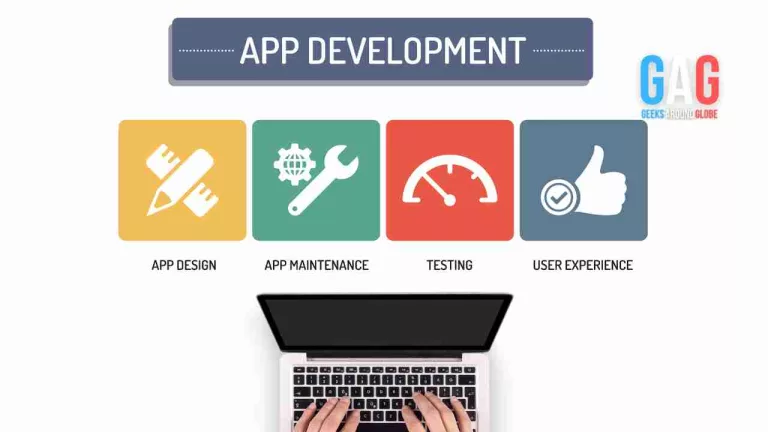
Over the past few years, Android and iOS app development has also been constantly evolving to take advantage of new capabilities and improve existing ones. As reported by GrandViewResearch, the global mobile application market size reached $187.58 billion in 2021 and is predicted to grow at a CAGR of 13.4% from 2022 to 2030. This indicates the ubiquity of mobile apps and the potential for businesses to leverage them.
As a result, businesses must be continually learning and keeping up-to-date with the latest trends in order to create successful applications that will meet the needs and expectations of their customers. So, in this blog post, we’ll take a look at how iOS app development is changing to incorporate better app functionality. Let’s get started.
Ways in which iOS app development is changing to incorporate better app functionality
Undoubtedly, iOS takes a leading position over Android in terms of app quality. In order to maintain this position, Apple has constantly been introducing new features and technologies that businesses can take advantage of while developing incredible apps. In addition, an app development company can also help you take your iOS app to the next level by integrating new technologies and updates. So, let’s take a look at some of the ways in which iOS app development is changing to incorporate better app functionality:
SwiftUI
A user interface toolkit allows developers to create app UI across all iOS devices. Moreover, it integrates with Xcode design tools to keep everything in one place.
This makes it much easier and faster to develop an app UI. Swift syntax is declarative, so reading and understanding code is as easy as writing. Developers can create excellent app UIs with just a few lines of code.
Augmented Reality (AR)
It’s one of the most popular mobile technologies used to merge the virtual world with the real world. Apple has been investing heavily in AR and has constantly been improving its ARKit framework. Basically, ARKit combines camera scene capture, advanced scene processing, and device motion tracking to simplify building an AR experience.
Moreover, Apple has also introduced Reality Composer, which allows developers to create animations and interactions on iOS to improve the application’s content.
Core machine learning
When iOS is integrated with machine learning, it can offer better app experiences. For example, AI-powered Siri gets smarter with every new iOS release by using on-device machine learning to understand the user better.
In addition, there are many other intelligent machine learning-powered features such as spell checker, language analysis, predictive keyboard, photo search, and sound classification. With just a few lines of code, developers can take advantage of these features to create amazing apps.
iBeacon
The introduction of iBeacon technology has provided limitless opportunities for improved functionality. This technology uses Bluetooth low-energy signals to offer specific, location-based information and actions to nearby devices. By integrating iBeacon technology into iOS applications, businesses can significantly enhance the user experience by personalizing content based on the user’s current location.
For example, a retail store could send promotional offers or notifications to customers as they enter or walk by certain areas within the store. iBeacon has potential uses in navigation, event management, and more. Incorporating iBeacon technology into iOS apps allows for more efficient and tailored user interactions.
CloudKit
CloudKit is a server-side solution that enables data storage in the cloud and keeps it up-to-date across all devices. It’s a great way to reduce the amount of code that needs to be written for an app and makes it easier to manage data. CloudKit is changing how iOS apps are developed from syncing to efficient handling of user data.
It allows for the seamless transfer of large amounts of data, including assets and documents. This enhances the user experience by allowing interactive features such as real-time collaboration and push notifications. Using cloudKit in iOS app development can improve functionality and enhance the overall user experience.
High-security level
With technological advancements and their integration into our daily lives, businesses need to have a high level of security. This is especially true for all those applications that store sensitive user data. iOS is a very secure platform and has many features that help to protect user data.
Recent updates with features such as Touch ID allow users to quickly and securely access their devices using their unique fingerprint, and two-factor authentication helps in added protection. Moreover, using AppTransportSecurity (ATS) in iOS apps prevents data theft and maintains a high level of security.
These measures ensure the safety and privacy of user information and create a more seamless and efficient experience for the user. As technology continues to evolve, we can expect iOS developers to continue integrating higher levels of security into their apps.
Apart from the above-mentioned ways, several other features like AirDrop, chatbots, 3D Touch, and more make iOS app development more efficient and convenient. Each new iOS release brings many new features and improvements that make the user experience more seamless and efficient.
Closing thoughts
Overall, incorporating new features and technologies into developing iOS apps dramatically enhances the user experience. From improved security to more personalized content, the latest iOS updates positively impact how apps are conceived and used. As technology advances, we can expect even more amazing features and innovations in the world of iOS app development.







